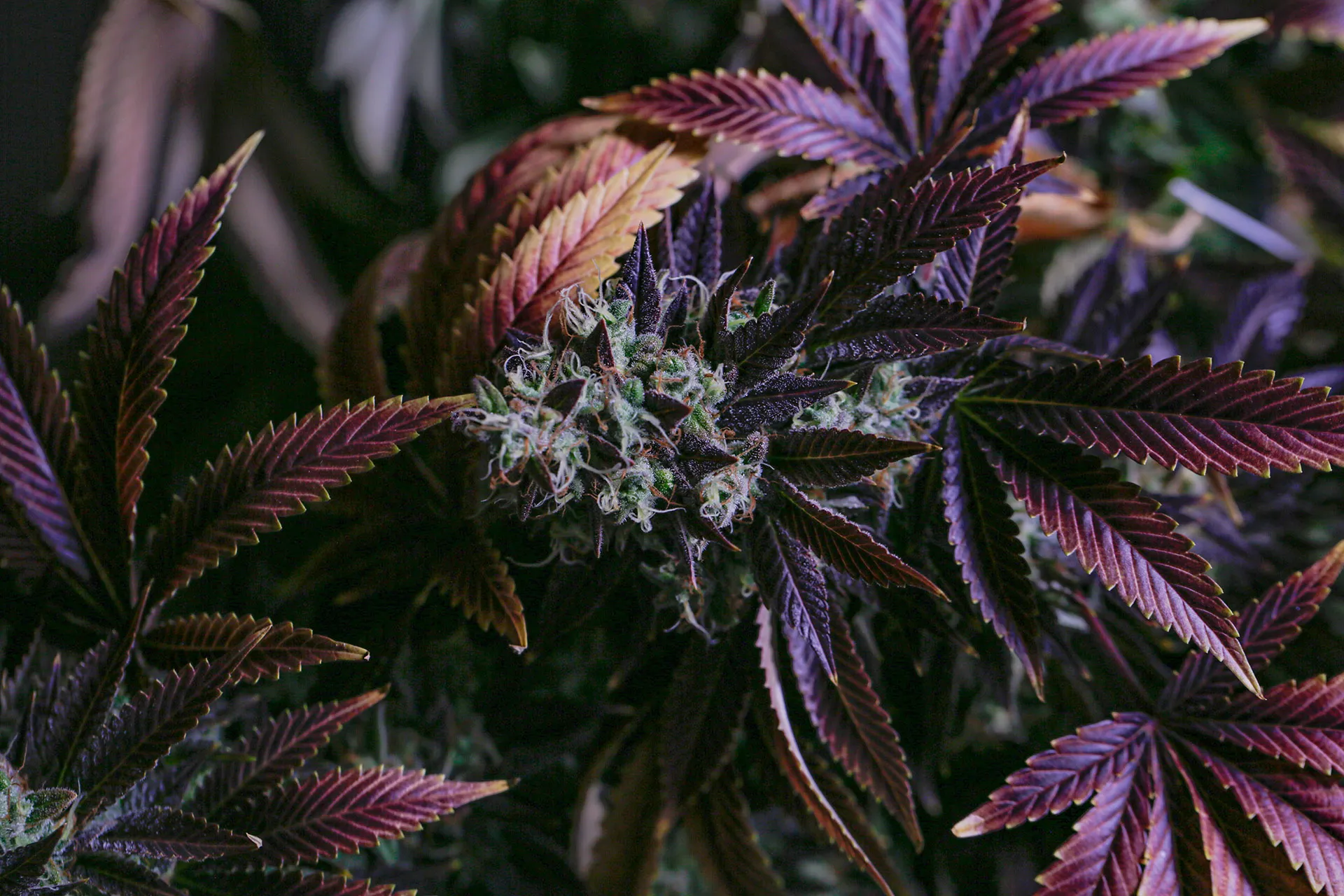Long-term marijuana users have started turning up in emergency rooms with a puzzling new symptom: uncontrollable vomiting that doesn’t respond to traditional treatments.
The condition is known as “Cannabinoid Hyperemesis Syndrome” (CHS). It’s poorly understood, but research suggests that using cannabis every day for long periods will eventually make you vomit.
What Is Cannabis Hyperemesis Syndrome?
In the US, marijuana is becoming increasingly legalized and accepted as medicine. But not everyone can tolerate it well. everyone can tolerate it well.
Some people experience severe and uncontrollable nausea, vomiting, and abdominal pain after smoking marijuana for a long time.
Researchers have dubbed the condition CHS, or Cannabis Hyperemesis Syndrome.
Cannabinoids are chemicals found in cannabis that bind to receptors in our cells and alter their activity. We have cannabinoid receptors throughout our bodies, including our brain, lungs, nervous system, immune system, and gastrointestinal tract.
The two main types of cannabis are:
- Marijuana–a green or gray mixture of dried, shredded leaves and flowers from the cannabis plant (which may also contain stems and seeds).
- Hashish (hash)–a black or dark brown soft substance made from the resin of the cannabis plant.
CHS was first described in 2004 by Australian researchers, who noted cases of “cannabinoid hyperemesis” among people who smoked marijuana daily.
When people with CHS stop using marijuana, the symptoms of nausea and vomiting usually go away. But when they use marijuana again, nausea and vomiting recur.
According to a study published by Mayo Clinic, people with CHS may experience temporary relief from their symptoms by taking hot frequent showers or baths.
The condition usually develops in long-term cannabis users who started using the drug in adolescence or early adulthood. It occurs more commonly in daily smokers than in casual smokers.
What Causes Cannabis Hyperemesis Syndrome?
It is not known why cannabis can cause CHS. However, several theories have been put forward.
One theory is that the increased frequency of cannabis use has increased the number of genetically susceptible people to CHS.
Another theory is that the gastrointestinal tract contains many cannabinoid receptors. Cannabinoids may alter gastrointestinal motility and cause nausea, vomiting, abdominal pain, and compulsive bathing.
Who Is at Risk for Cannabis Hyperemesis Syndrome?
People who use marijuana frequently may be more likely to develop cannabis hyperemesis syndrome than those who use it less often. Most people with the condition report using marijuana daily for months or once a week.
This occurs more often in adults who have used cannabis since they were teenagers.
What Are the Symptoms of Cannabis Hyperemesis Syndrome?
The first symptoms of cannabinoid hyperemesis syndrome are often nausea and vomiting.
Doctors have divided these symptoms into 3 phases: the prodromal phase, the hyperemetic phase, and the recovery phase.
Prodromal Phase
Often, the prodromal phase can last for months or even years. Early middle-aged adults who have used cannabis regularly since adolescence are more likely to experience these symptoms.
They include:
- Abdominal pain
- Morning nausea
- Fear of vomiting
During this stage, vomiting does not occur.
Hyperemetic Phase
The hyperemetic phase of cannabinoid hyperemesis syndrome (CHS) is characterized by nausea and vomiting. Other symptoms include:
Cyclical nausea, with a frequency of 1 to 3 episodes a day
- Abdominal pain
- Compulsive hot showers or baths to ease symptoms
- Reduced food intake
- Intolerances to food
- Anxiety
- Vomit contains white, watery secretions due to lack of solid food
- Dehydration
The hyperemetic phase can last until the patient stops using marijuana. Then the recovery phase starts.
Recovery Phase
Symptoms subside during this period. You can eat normally again during this period, which may last a few days or several months. However, the symptoms often return if you go back to using marijuana.

